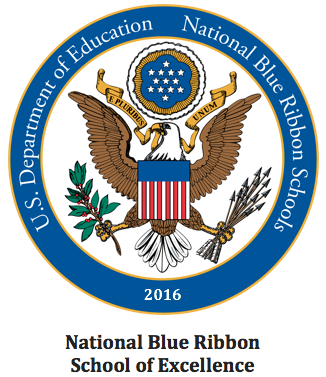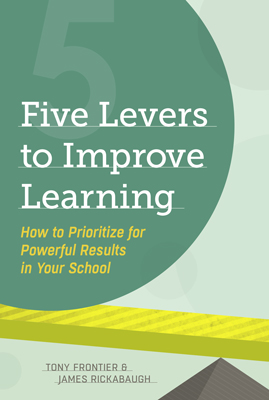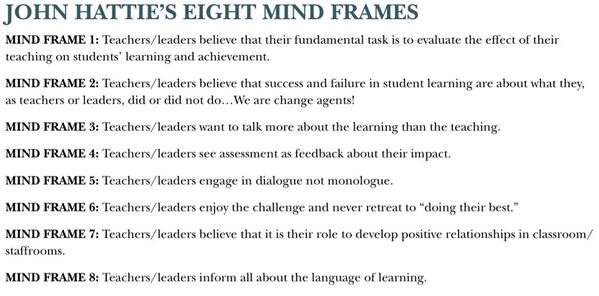“Many people die with their music still in them.”
– Oliver Wendell Holmes
As educators, it’s our job to help them find their music!

I think that the superintendent of schools should ensure that all children have access to educational opportunities despite decades of segregation and practices that have overtly and covertly separated children who learn differently.
Segregation due to race ended by law in 1954, but there have been other ‘segregationary’ practices – some well intentioned as well – like special education, exclusionary tracking, etc..
Often districts and schools practice “sifting” and “sorting” of students, these are practices that have, in general, led to disparate equity of educational opportunity across the schools, districts, states, and nation.
Regardless of evidence and research findings, many educational programs and practices still exist because school systems and leaders don’t understand how to manage change or because they are afraid to change.
When Public Law 94-142 (the special education law) was enacted in 1975, four main purposes were:
- “to assure that all children with disabilities have available to them … a free appropriate public education which emphasizes special education and related services designed to meet their unique needs
- to assure that the rights of children with disabilities and their parents … are protected
- to assist States and localities to provide for the education of all children with disabilities
- to assess and assure the effectiveness of efforts to educate all children with disabilities”
Source: Education for All Handicapped Children Act, 1975
The reality is that since 1975, many well intentioned educational programs for diverse learners ended up creating separate (but equal) “programs” and “service delivery models” for various learners.
I also think that it’s incumbent upon a superintendent to share the latest evidence, research, information, studies, etc. with his/her community to inform and improve practices.
I believe in the concept of innovation (changing for improvement).
Despite overwhelming evidence to the contrary, see Hattie, et. al, for example, updated in 2016, many “mythological” and ineffective educational practices are still in place all over the school systems because “that’s the way it’s always been done“. Doing what’s right is not always popular – but we have no excuses for not doing what’s right.
The figures below show the latest findings from Hattie’s meta-analyses about the most effective instructional practices. (I have written about Hattie‘s findings from time to time): (from the figures below, the concept of teacher credibility has an effect size of 0.90 and feedback has an effect size of 0.73, acceleration has an effect size of 0.68, for example).
Hattie’s studies have found that an effect size of 0.40 reflects the average impact of an intervention; those above 0.40 are more impactful. (click on the images below to go to the source)
Teacher Credibility Defined:
According to Hattie teacher credibility is vital to learning, and students are very perceptive about knowing which teachers can make a difference. There are four key factors of credibility: trust, competence, dynamism and immediacy. In an interview Hattie puts it like that: “If a teacher is not perceived as credible, the students just turn off.”
Examples for teacher credibility: Earn trust by showing trust towards pupils. Appear highly organised in the presentation of the subject matter. Develop a powerful style of speaking that uses few verbal hesitancies such as “OK” or “you know”. Reduce distance between teachers and students by moving or moving away from barriers (e.g., desk, podiums). Source: cie.asu.edu
Goals to mathematics are 0.40-0.49 effect size
Play programs to preterm birth weight are 0.50-0.59 effect size
Teaching strategies to acceleration are 0.60-0.69 effect size
Feedback (0.73) to Teacher credibility (0.90) complete the list

The role of superintendent of schools is often a mysterious role. I have found that many people don’t really know what a superintendent actually does on a daily basis. Some think it’s like an “uber” principalship, others think it’s like a “CEO” of a corporation, and still others really have no idea. From time to time I write about what a superintendent does.
From my employment contract it states my responsibilities and duties as superintendent:
The Superintendent shall have charge of the administration of the schools under the direction of the Board; he shall be the chief executive officer for the Board; he shall recommend the selection, retention and dismissal of, and direct and assign, teachers and other employees of the School District under his supervision; he shall organize and direct the administrative and supervisory staff; he shall make recommendations to the Board concerning the budget, building plans, location of sites, and the selection of textbooks, instructional material, and courses of study; he shall direct the keeping of all records and accounts, and aid in the making of all reports, as required by the Board; he shall recommend rules, regulations, and procedures deemed necessary for the welfare of the School District; and, in general, he shall perform all other duties incident to the office of the Superintendent as the Board may delegate to him or as required by law.
Subsequent blog posts will reflect on the duties of a superintendent who must lead to ensure that ALL students receive high quality education with structures and systems supported by evidence. It’s time to stop doing what is easy and wrong! It’s time to do what is right – even when it makes people change.
Just because our school system was designed in 1893 does not mean that we should still act like it’s 1893!





